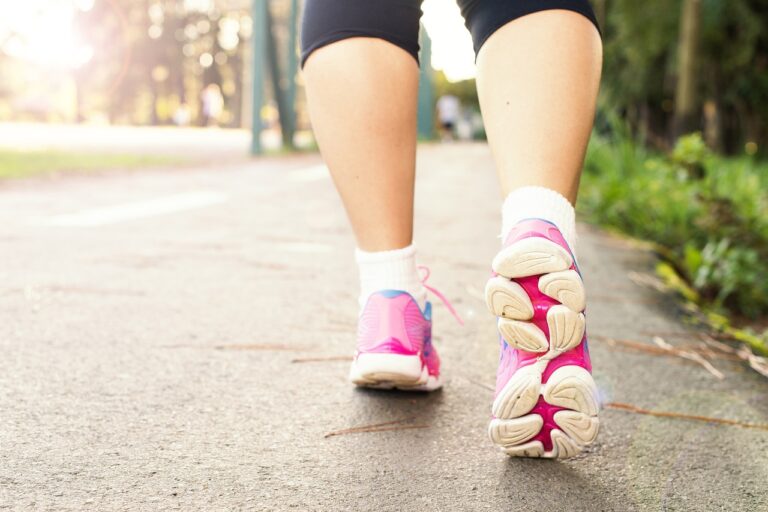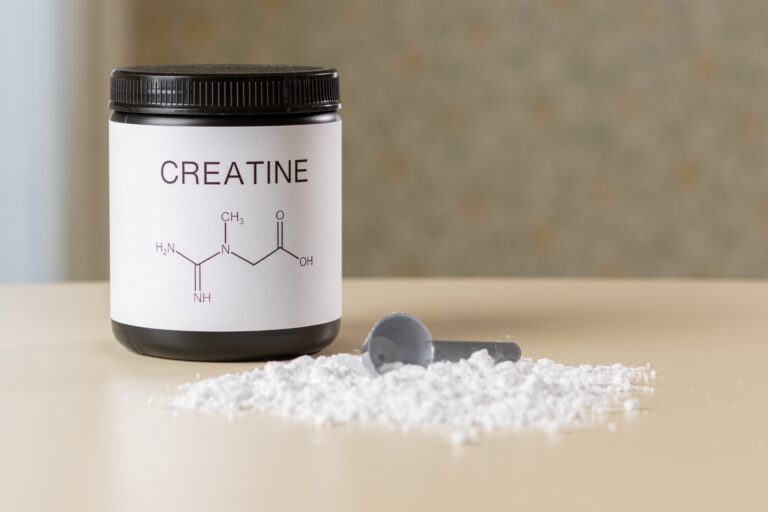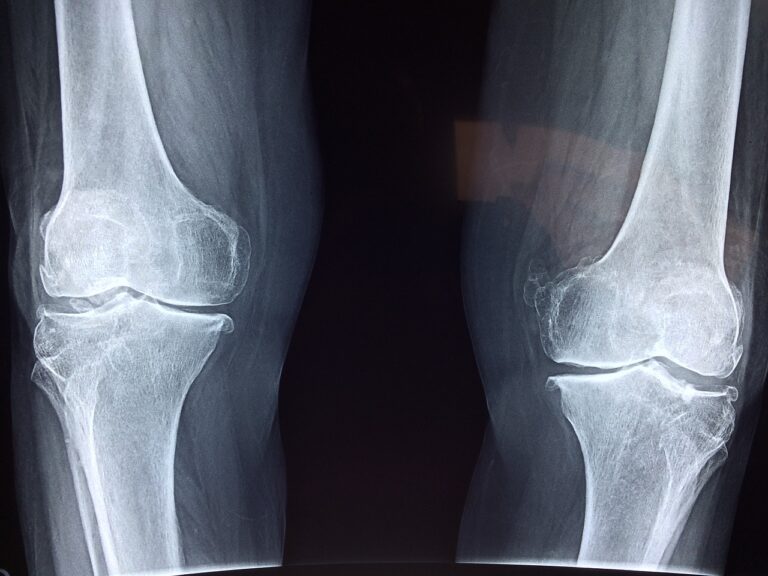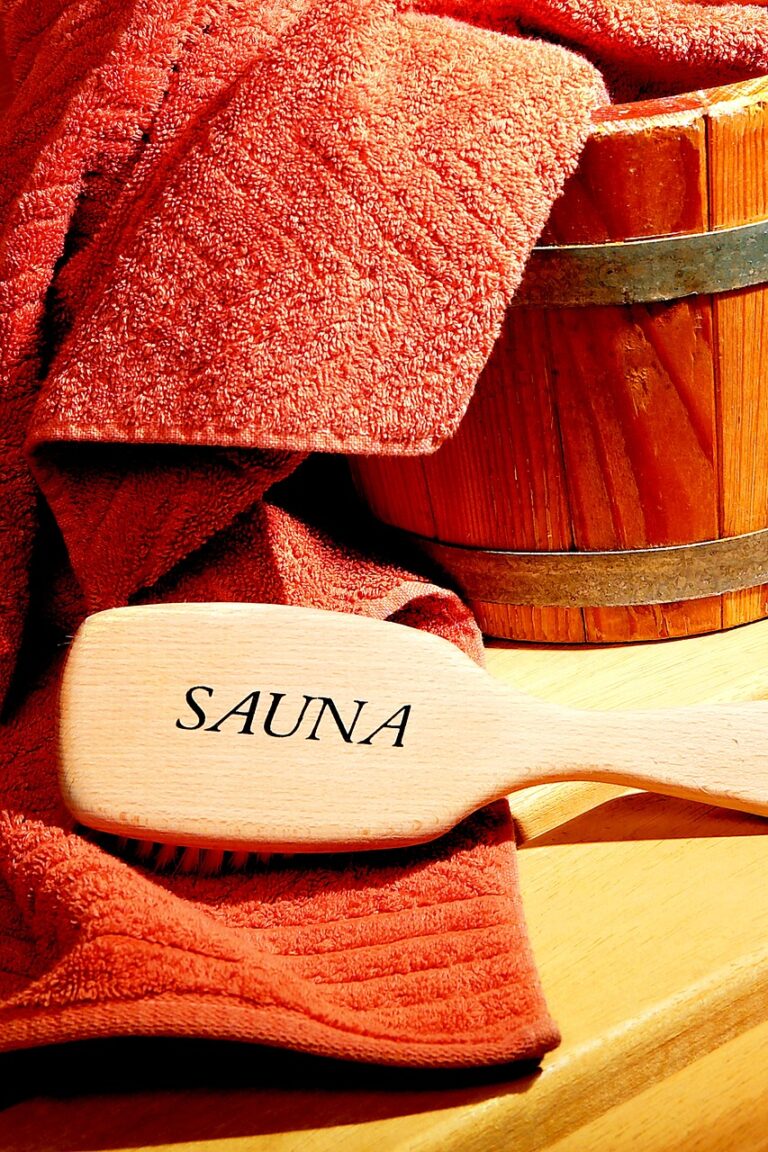High Intensity vs. Low Intensity: Finding the Right Cardio Balance
When it comes to heart-pumping, sweat-dripping workouts, two types reign supreme – HIIT and LISS cardio. The constant age-old debate between the two remains as we all still question whether high intensity interval training (HITT) or low intensity steady state (LISS) is better. The answer may surprise you! Ok, ready? The bottom line is not one size fits all. Truly, it depends on each individual’s goal.
Put on your fitness nerd hats, girls! We’re going full science geek to settle this cardio battle royale once and for all (or at least attempt to)! Let’s dive in and explore the difference between HIIT and LISS and find the best match for you.
HIIT Cardio: Short, Intense, Effective
HIIT stands for high intensity interval training. These workouts alternate between short bursts of super intense exercise and recovery periods. We’re talking max effort sprints, plyometrics, tabata – anything that skyrockets your heart rate. During the intense intervals, your heart rate reaches 80-90% of its max. Then during the rest intervals, your heart rate recovers to about 40-50% of its max. This up-down simulates the fight-or-flight response for serious calorie burn in a short timeframe.

The benefits of HIIT cardio include:
- Major calorie burn – keeps metabolism fired up long after the workout.
- Improves VO2 max – increases lung capacity and endurance.
- Builds muscle – uses fast twitch muscle fibers.
- Maximizes fat loss – especially belly and visceral fat.
- Efficiency – big results in only 20-30 minutes.
HIIT is ideal for seasoned exercisers looking to push their limits and take their training to the next level. It also adds variety and intensity to spice up your normal routine. It is important to take pause when considering this type of cardio because HIIT workouts demand everything you’ve got. Make sure to always listen to your body.
LISS Cardio: Low Intensity, Steady State
In contrast to HIIT, LISS stands for low intensity steady state cardio. As the name suggests, LISS involves continuous exercise at a submaximal level of intensity. Your heart rate stays between 50-70% of its maximum.
Classic LISS workouts include:
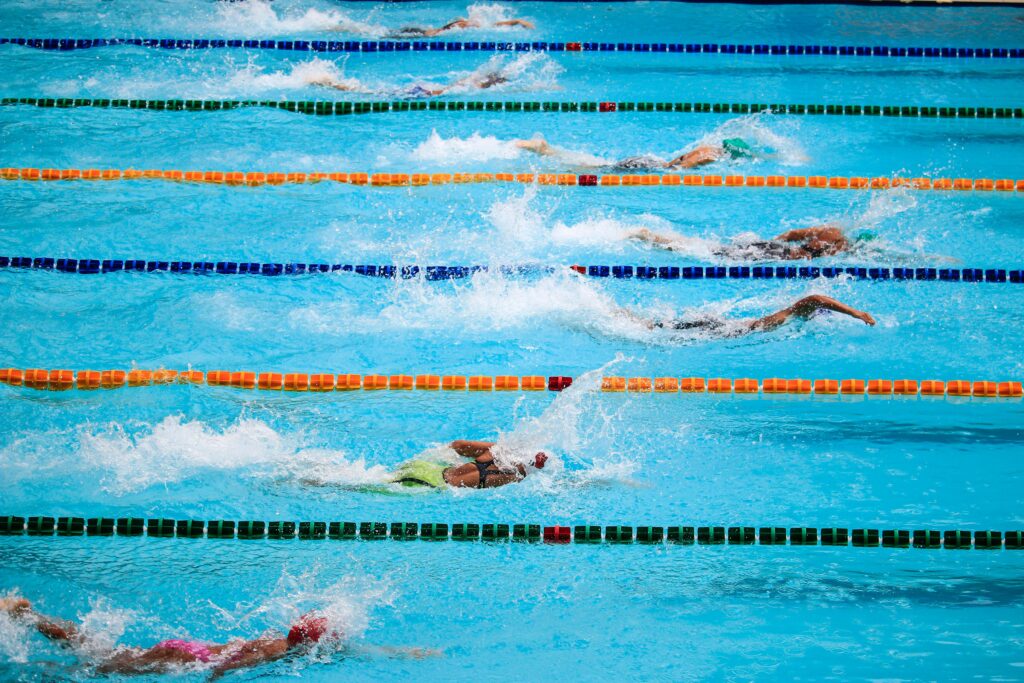
- Walking
- Jogging
- Cycling
- Swimming
- Rowing
- Elliptical
You can maintain a LISS pace for a longer duration, from 30 minutes to over an hour. The moderate exertion helps build an aerobic base and burn calories over time. Also, LISS is gentle on your joints and improves recovery between intense training days.
Other perks of LISS cardio include:
- Strengthens heart and lungs.
- Helps control blood sugar and cholesterol.
- Manages stress and improves mental health.
- Accessible for beginners and older adults.
- Low injury risk compared to high intensity exercise.
The Verdict: Both Deliver Results
Now for the million-dollar question; should you choose HIIT or LISS? As mentioned earlier, the answer depends on your specific goals and fitness level. If your aim is an all-out fat incineration and you’re an experienced exerciser, you may want to consider HITT as a top choice. On the contrary, if you’re new to working out or want sustainable fat loss, LISS is likely the better match. Ultimately, the “best” cardio blends both HIIT and LISS. Consider using HIIT 1-3 days per week for intensity and LISS 3-5 days for recovery. Or do LISS in the morning for fat burn and HIIT in the evening for strength-building.
So, should we ditch the HIIT versus LISS debate? I mean, it’s a fun one to have. I would venture to say we will always find proponents of both. What is important now is deciding which one best fits your lifestyle and supports your unique personal health goals. Listen to your body, mix it up, and reap the combined benefits of both incredible cardio styles if you so choose!


